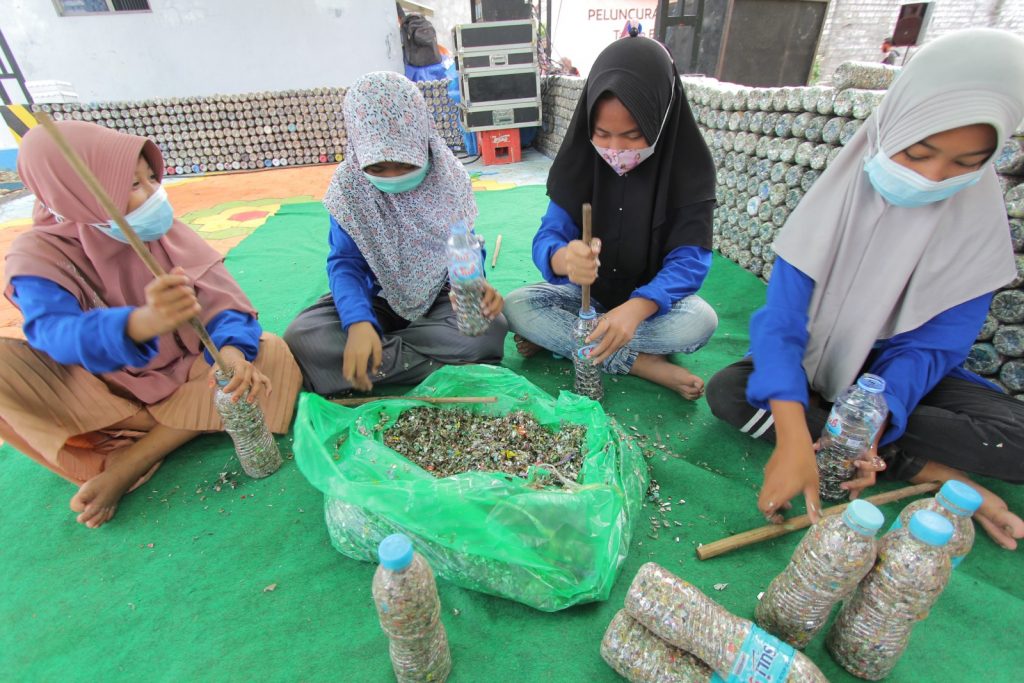The Circulate Initiative has unveiled the latest edition of the Plastics Circularity Investment Tracker, a pioneering tool that monitors private investments in the plastics circular economy on a global scale.
The research findings highlight a striking trend: almost 90% of investments made since 2018 have been directed toward North America and Europe, regions known for their stable investment climate and supportive policies. This pattern persists even though the top 20 countries contributing to ocean plastic pollution are emerging economies.
Analysing more than 3,700 deals spanning 91 countries from 2018 to the first half of 2023, the report reveals that over US$160 billion in private capital has been channeled into the plastics circular economy, averaging approximately US$29 billion annually.
While this figure is encouraging, it falls significantly short of the estimated annual investment of US$60 billion needed to achieve an 80% reduction in plastic leakage to the ocean by 2040, as outlined in the systems change scenario.
Umesh Madhavan, research director at The Circulate Initiative, emphasised the urgency of addressing the plastic waste crisis through collaborative efforts: “Global data from the Plastics Circularity Investment Tracker underscores the critical need to channel more funds into emerging markets, where plastic pollution is most severe.”
Madhavan highlighted the upcoming third session of the Intergovernmental Negotiating Committee meeting, where global leaders will convene to discuss a legally binding instrument on plastic pollution, expressing hope that the insights from this report will spur action to redirect capital flow toward plastic circularity solutions in the most affected regions.
The second edition of the Plastics Circularity Investment Tracker not only expands its coverage to include global data but also introduces a new feature enabling comparisons of investments across countries, the value chain, and different investment categories.
Key findings from the report include:
- Despite being recognized as hotspots for plastic pollution, emerging markets in Asia, Africa, and Latin America received minimal investment. Asia accounted for 8% (US$12 billion) of plastics circularity investments, while Latin America and the Caribbean received less than US$2 billion. Plastics circularity investments in Africa were alarmingly low, totaling only about US$150 million or 0.09% of the total deal value during the review period.
- The majority of investments (85%) were directed toward recovery and recycling efforts. In contrast, investments in reuse and refill initiatives accounted for less than 5% of the total.
- Banks and corporate investments constituted the primary sources of private capital, each contributing around 35% of total investments. Private equity followed, contributing 25%.
- The top ten deals, each surpassing US$2 billion, collectively represented 30% of the total deal value, indicating strong investor confidence in injecting substantial capital into this sector.
Michael Sadowski, executive director of The Circulate Initiative, emphasised the organisation’s goal of enabling decision-makers to identify opportunities for scaling circular economy solutions: “Our aim is to bridge the funding gap in emerging markets and redirect capital toward innovative solutions that can replace fossil-fuel-based plastics.”















